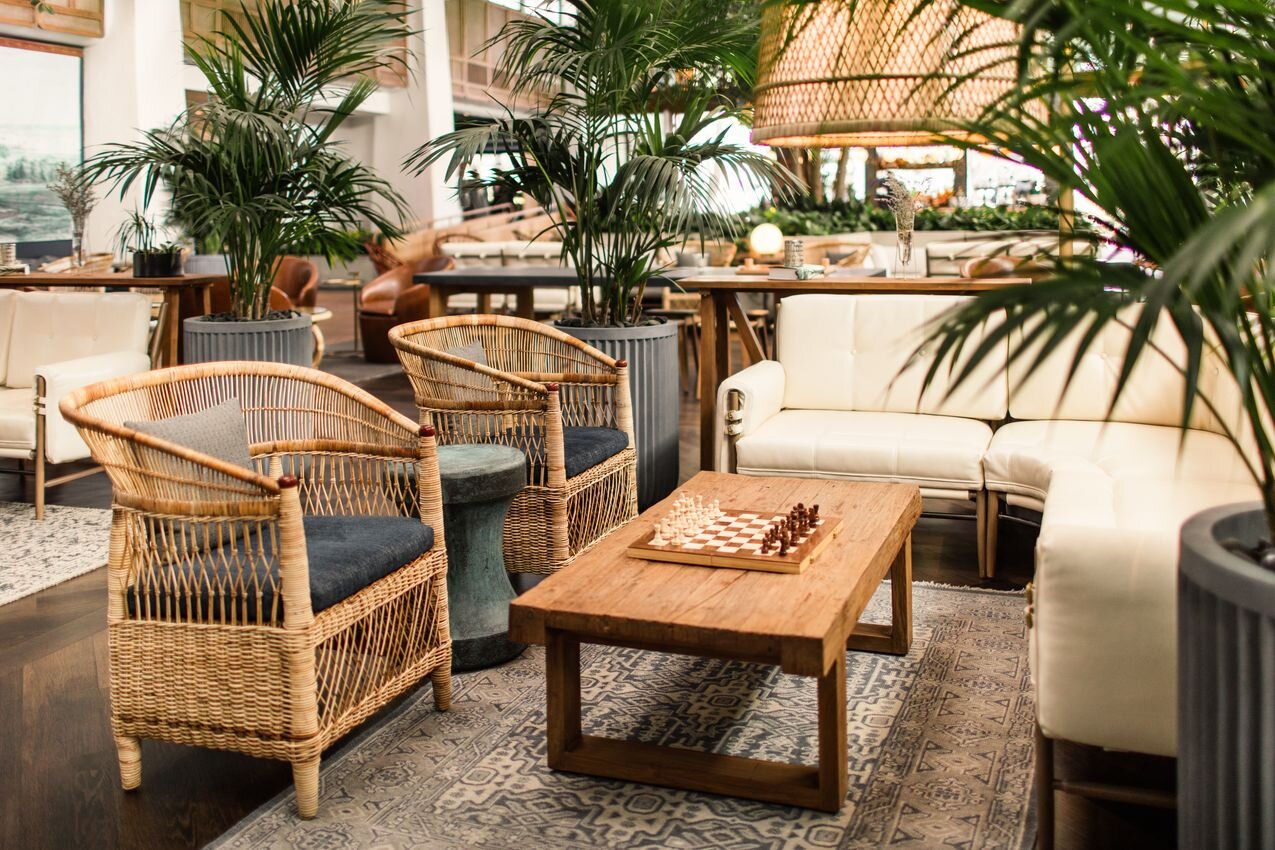5 Flammability Ratings for Textiles in Hospitality
Today we are excited to discuss the topic of Fabric Flammability Ratings. In order to pass safety inspections all fabric used within a hotel property must be certified as Fire Retardant. That certification is not incredibly simple though, as there are multiple different options for fire ratings (FR). In this post we will outline each of the five fire ratings and offer some tips into ensuring your fabric is FR treated or having fabric FR treated after the fact.
Understanding Flammability Ratings
While knowing/understanding the actual Flammability Ratings is definitely beneficial what you need to know is how/when these apply and what to look out for when specifying fabrics or purchasing fabrics. The FR treatment rating will always be posted within the fabric specifications/data that comes with a fabric sample or is posted alongside the fabric on a manufacturers website. AS NFPA 701 is the highest distinction in the list of ratings anything that ‘meets or exceeds NFPA 701’ will meet or exceed the other ratings.
Now without further ado, the 5 Flammability Ratings...
ASTIM E84 – Upholstered Walls
Purpose: Rates flame spread and smoke development of interior finish building materials.
Method: As application dictates (wrapped panels, glued fabric, etc.) samples are laid in 25’ tunnel and lit aflame at one end.
Test: Measures how far and fast flames travel and the amount of smoke that develops.
Association for Contract Textiles (ACT) Recommendation: Flame spread of 25 and smoke dev. of 450 or less for Class 1/A
Notes: This is usually considered to include any items that are a part of the ‘structure’.
BFDIX1 – City of Boston Fire Code
Purpose: Used to classify draperies and decorative materials used within the city of Boston.
Method: Specimens are subjected to a 6-inch propane torch flame for 10 seconds.
Test: Measures char length and continuation of burn after flame has been removed. Strictly designed for materials within the City of Boston.
ACT Recommendation: PASS
Note: A very specific Fire Rating that you just need to make note of in reference to property geography.
CAL/TB 117 – California Technical Bulletin
Purpose: Performed to classify upholstery fabrics used within the state of California.
Method: Specimens are subjected to a 5/8” flame for 1 second.
Test: Measures the amount of time for the flame to spread upwards and burn a stop cord placed at the top of the sample. Typically, the easiest of all ratings to achieve.
ACT Recommendation: PASS
Note: A very specific Fire Rating that you just need to make note of in reference to property geography.
NFPA 260 – Upholstered Seating
Purpose: Measures the ability of an upholstery fabric to resist ignition by a smoldering cigarette when the specimen is tested in combination with polyurethane foam cushioning.
Method: Wrap fabric around cushion and leave a lighted unfiltered cigarette on top of seat.
Test: Measures the char length.
ACT Recommendation: Char length less than 1.75” and no foam ignition is Passed.
Note: This is the rating also needed for decorative pillows and bedding items, it is a slightly lower standard than NFPA 701.
NFPA 701 – Test #1
Purpose: Used to classify fabrics used in curtains, draperies or other window treatments as well as other hanging textiles.
Method: Specimens are subjected to a 4-inch flame for 45 seconds.
Test: Observes flame spread, dripping components during the burn, and burn after flame as been removed.
ACT Recommendation: retains 60% of original weight and max 2 second drip is Passed.
Note: The highest standard this covers all ‘vertical hanging textiles’ for drapery treatments, roman shades and roller shades.
Most any fabric or material (such as blinds) can be FR treated after manufacturing. Most drapery manufacturers will have a company they contract with, which can provide this service and the suitable documents of proof. So, in the case that a fabric is bought without FR rating and sent directly to your manufacturer make sure they have it FR treated for you.
Image Source: The Scott Resort Google Images
Remember that the easiest thing to do is ask. These codes are important and while most textile manufacturers make fabrics to be certified under these ratings you can never assume. Always remember to keep certification proof of all the fabrics being used in your project.
See More Fabric Resources










